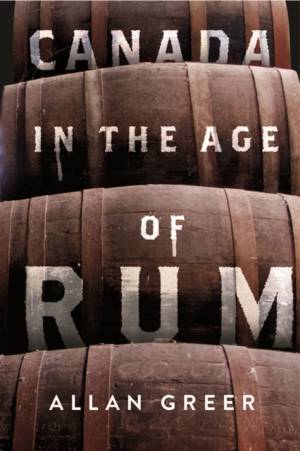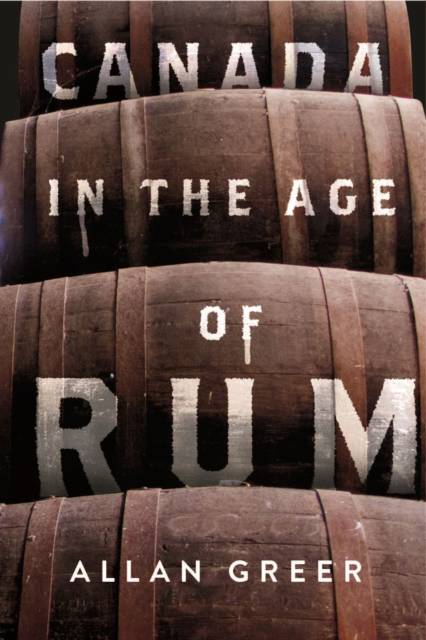
- Retrait en 2 heures
- Assortiment impressionnant
- Paiement sécurisé
- Toujours un magasin près de chez vous
- Retrait gratuit dans votre magasin Club
- 7.000.0000 titres dans notre catalogue
- Payer en toute sécurité
- Toujours un magasin près de chez vous
Description
Awash in a sea of rum describes the years between the 1670s and the 1830s in the colonies that would later become Canada. Millions of litres of the sugar-based liquor were imported every year to supply a comparatively small population of colonists and Indigenous people. Why rum, and why so much? Rum was cheap and plentiful. Intimately connected to the West Indian slave plantation complex, rum shipped to early Canada and around the Atlantic World was part of the early modern expansion of intercontinental trade known as the first globalization. Canada in the Age of Rum shows what happened to the vast quantities that came to Canadian shores: rum was especially important to workers in the early Canadian staples industries. Fishermen and fur-trade voyageurs drank rum in massive quantities, supplied on credit and at grossly inflated prices by their employers, an arrangement that served to claw back wages and ensure the profitability of enterprises that would not have been viable otherwise. Traders deliberately sought to get hunting peoples hooked on rum in order to ensure a steady supply of pelts - alcohol was not so much a commodity for sale as it was a gift used to induce hunters to conform to the ways of the capitalist economy. However, Indigenous people drank rum in their own ways and for their own reasons; and when drinking became a serious social problem, they organized to resist it. The story ends in the 1830s when the combined effects of the temperance movement and the rise of whisky led to a sharp decline in rum consumption. This brilliant history follows the thread of a single commodity from West Indian plantations to Newfoundland, Quebec, and the west, revealing rum as a critical lubricant of the social life of early Canada and its particular version of early capitalism.
Spécifications
Parties prenantes
- Auteur(s) :
- Editeur:
Contenu
- Nombre de pages :
- 228
- Langue:
- Anglais
- Collection :
Caractéristiques
- EAN:
- 9780228026891
- Date de parution :
- 17-03-26
- Format:
- Livre relié
- Format numérique:
- Genaaid
- Dimensions :
- 140 mm x 216 mm
- Poids :
- 453 g

Seulement chez Librairie Club
+ 79 points sur votre carte client de Librairie Club
Les avis
Nous publions uniquement les avis qui respectent les conditions requises. Consultez nos conditions pour les avis.








